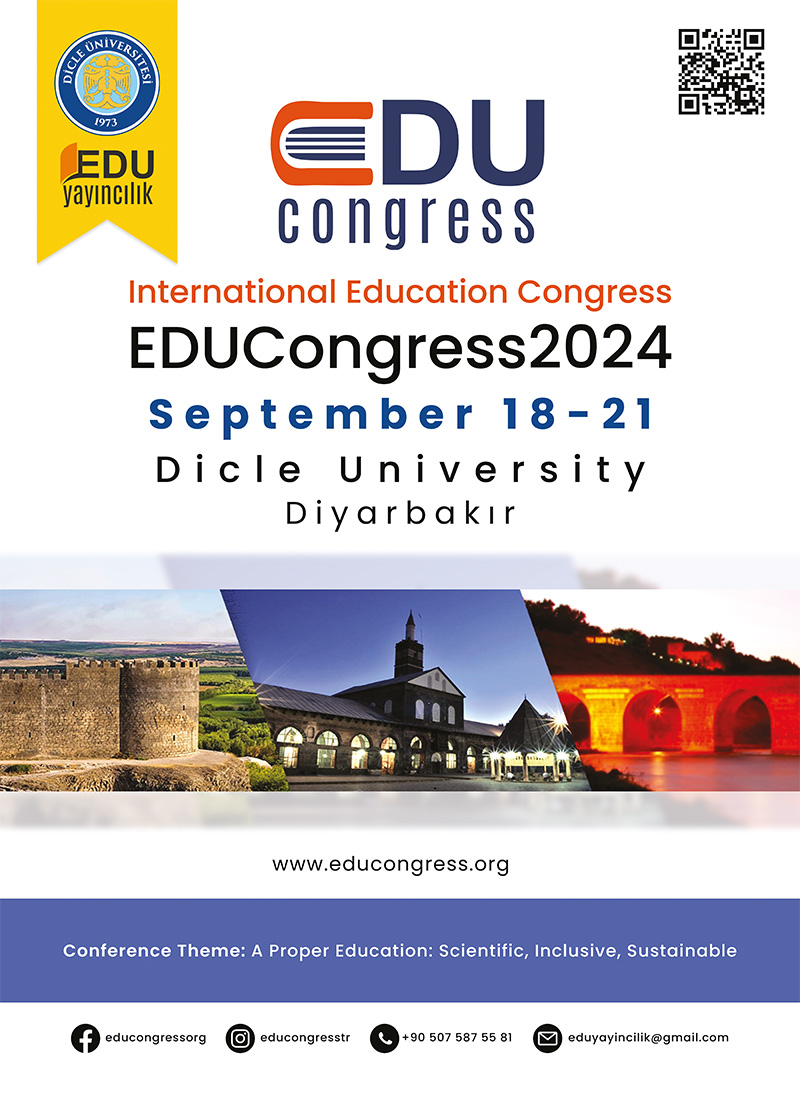The Role of Integrated Mixed Methods Autoethnography in Design-Based Research
DOI:
https://doi.org/10.59455/jomes.2024.9.6Keywords:
Autoethnography, mixed methods autoethnography, integrated mixed methods autoethnography, design-based research, mixed methods design-based research, integrated mixed methods autoethnographic design-based research, educational research methodology, 1 1 = 3 integration, 1 1 = 1 integration, partial integration, full(er) integrationAbstract
As we (Tony and Sandra) immerse ourselves in the dynamic world of educational research methodologies, the
concept of design-based research (DBR) captures our attention and our imagination. DBR is not merely a
methodology; it is a collaborative journey that draws us—alongside fellow researchers, educators, learners, and
the broader community—into a shared quest for innovation in education, instructional technology, and the
learning sciences. As we engage with DBR, we are captivated by its foundational premise: the collaborative fusion
of minds—educators, learners, parents, and other stakeholders—each bringing their unique perspectives to bear
on the complex and complicated educational challenges that dwell within the confines of our classrooms,
communities, and beyond (Onwuegbuzie et al., 2023a). It is a methodology that is not only used to address
research questions of interest, but also to foster a culture of co-investigation, co-creation, co-ideation, coreflection, and, most importantly, co-decision making aimed at enhancing practice and generating actionable
insights. We are particularly intrigued by the metaphorical dance between DBR and mixed methods research
(MMR), coined by Onwuegbuzie et al. (2023b) as MM-DBR, which resonates deeply with our own research
ethos. It is an approach that promises a more holistic understanding, integrating numerical precision with narrative
complexity. Yet, as we explored the broad landscape of literature, guided by the meticulous review of research by
Onwuegbuzie et al. (2023a), a striking observation emerged: only a handful of works, 68 to be precise, from the
vast expanse of time stretching from January 1, 1960, to May 31, 2022, have involved the conduct of MM-DBR.
These studies, predominantly emerging in the last decade, signal a growing interest, yet underscore a line of
research ripe for exploration. In our methodological journey, we uncovered a curious gap: not a single study has
involved either the integration of MM-DBR and autoethnography, or the integration of MM-DBR and mixed
methods (MM) autoethnography—a fusion that we have coined integrated mixed methods autoethnographic
design-based research (IMMA-DBR). Our narrative delves into this uncharted territory, illuminating the
intersection of DBR and autoethnography through the lens of integrated mixed methods research. Here, we
explore their reciprocal roles—how autoethnography enriches DBR and vice versa. Through our methodological
proposition, we advocate for a holistic research paradigm—one that integrates the complex tapestry of human
experience with empirical inquiry to generate empathetic, nuanced understandings and dynamic educational
transformations—yielding a vast yet uncharted territory. We invite fellow researchers and practitioners alike to
navigate the intricate interplay between the personal and the empirical, crafting research that is reflective and
rigorous as well as deeply attuned to the complexities of educational ecosystems. Through IMMA-DBR, we
envision a future wherein educational research not only addresses the theoretical and practical, but also embraces
the profoundly personal, bridging gaps to foster a more empathetic, inclusive, and effective educational landscape





